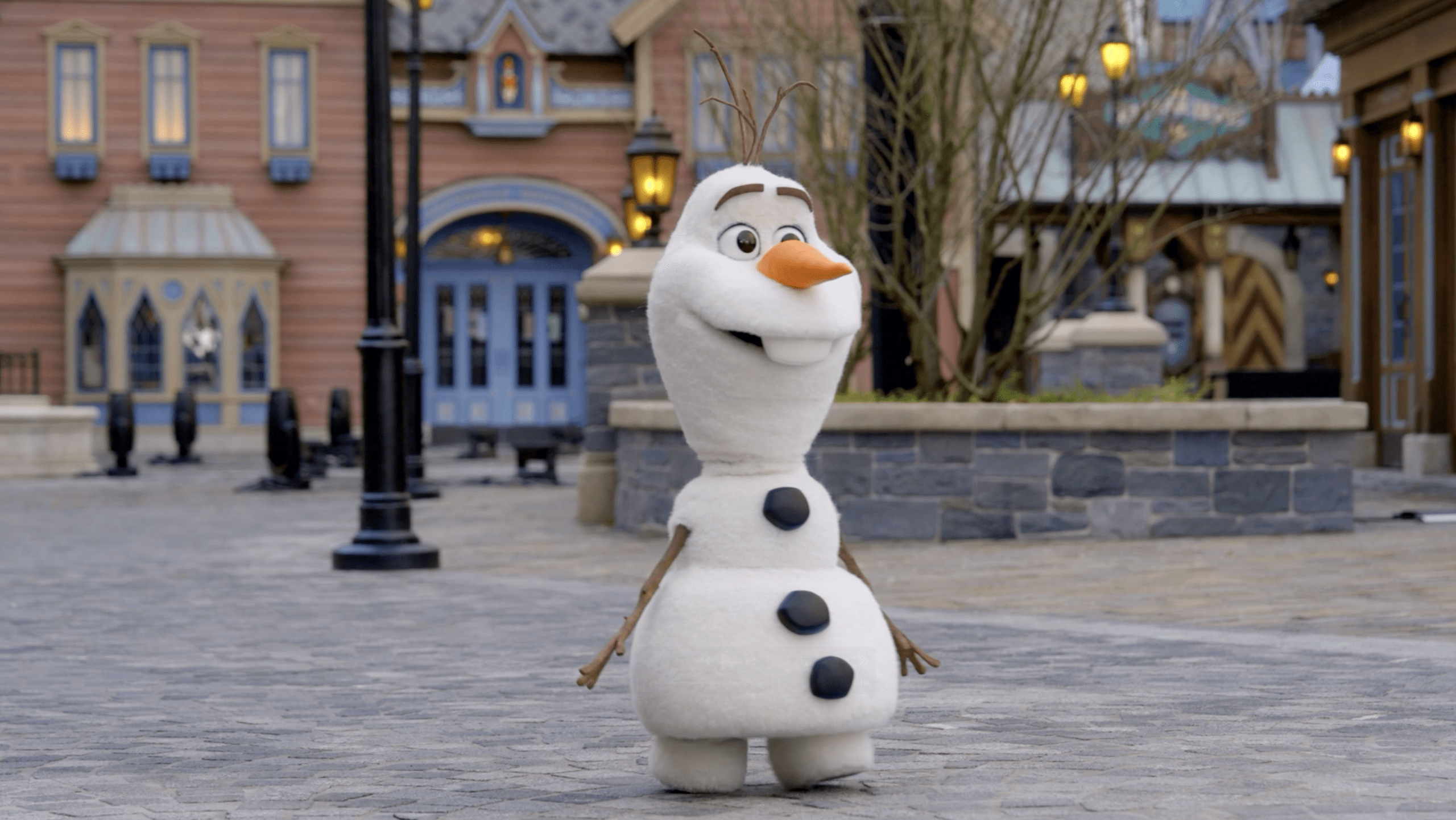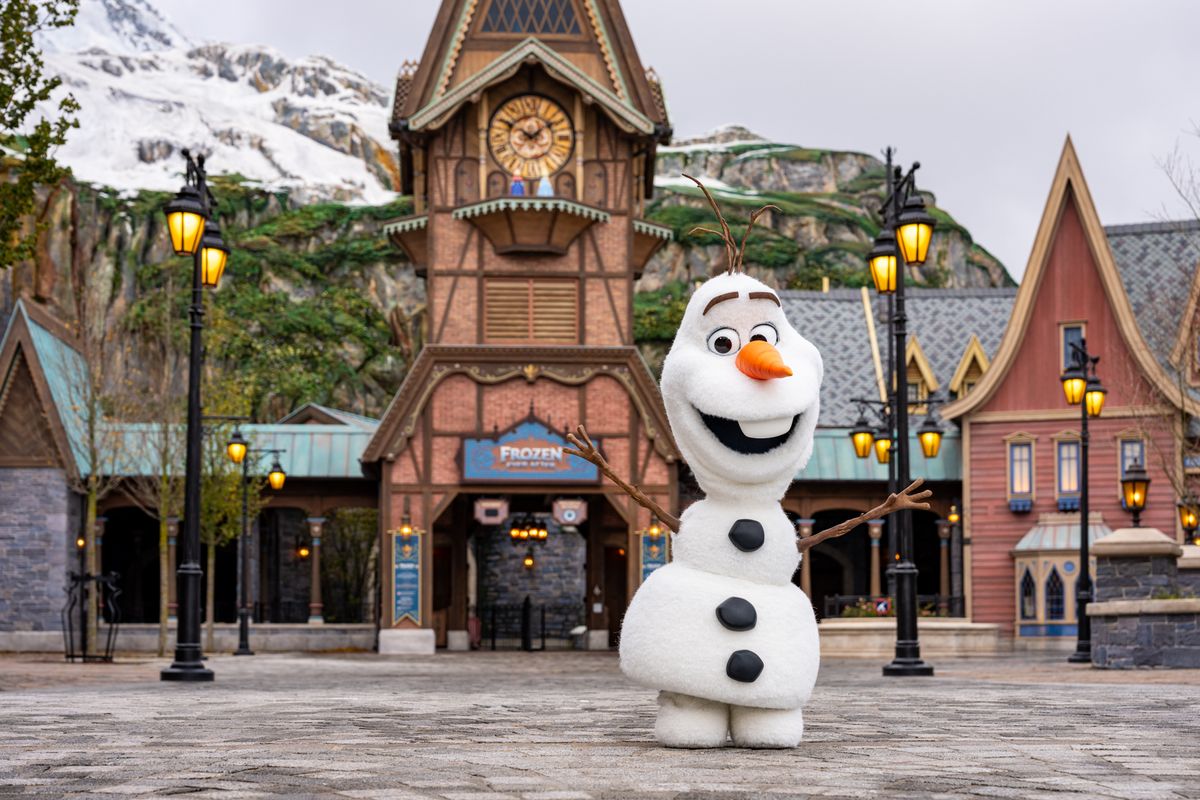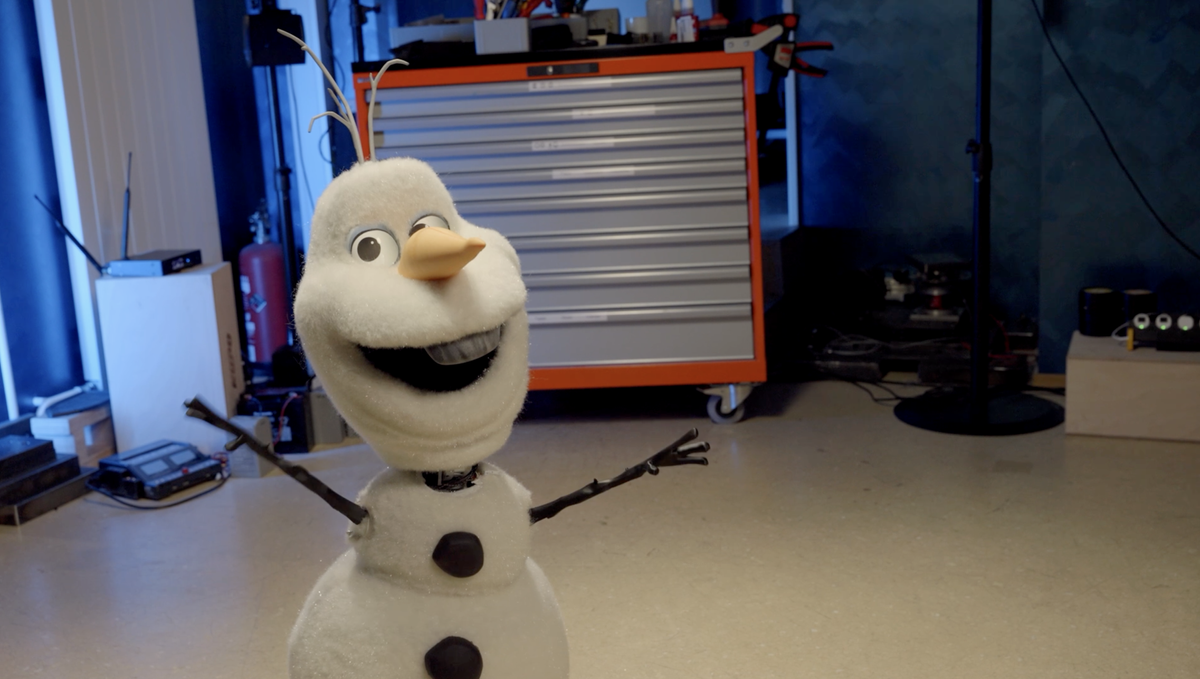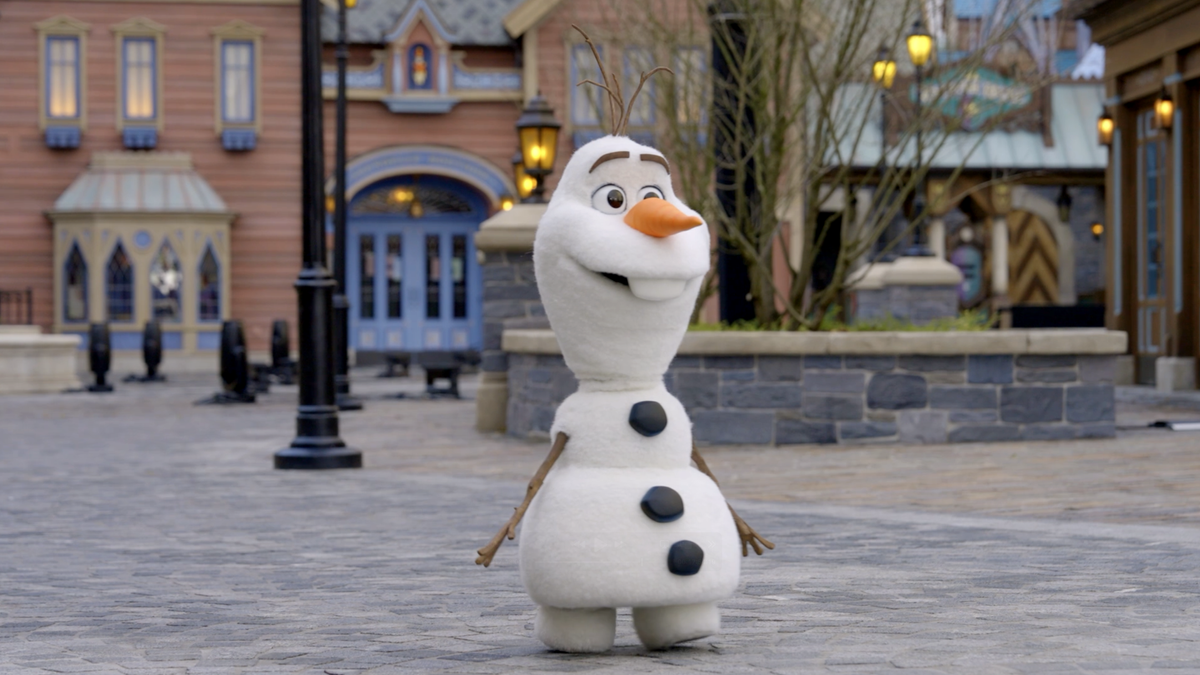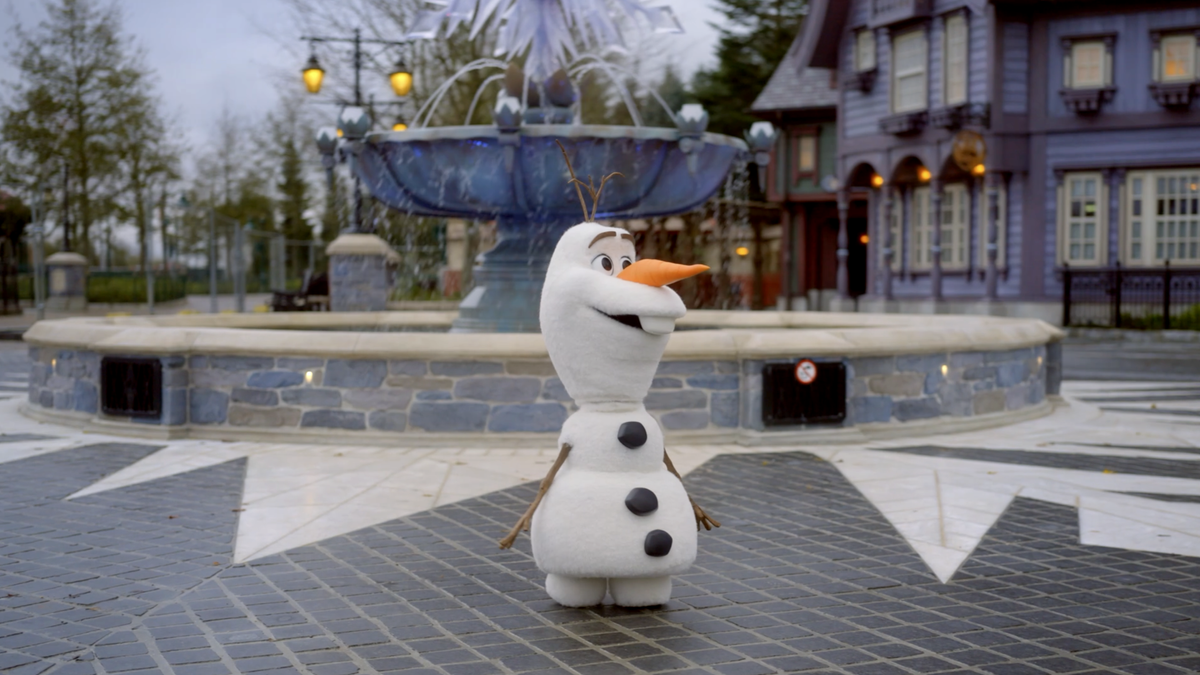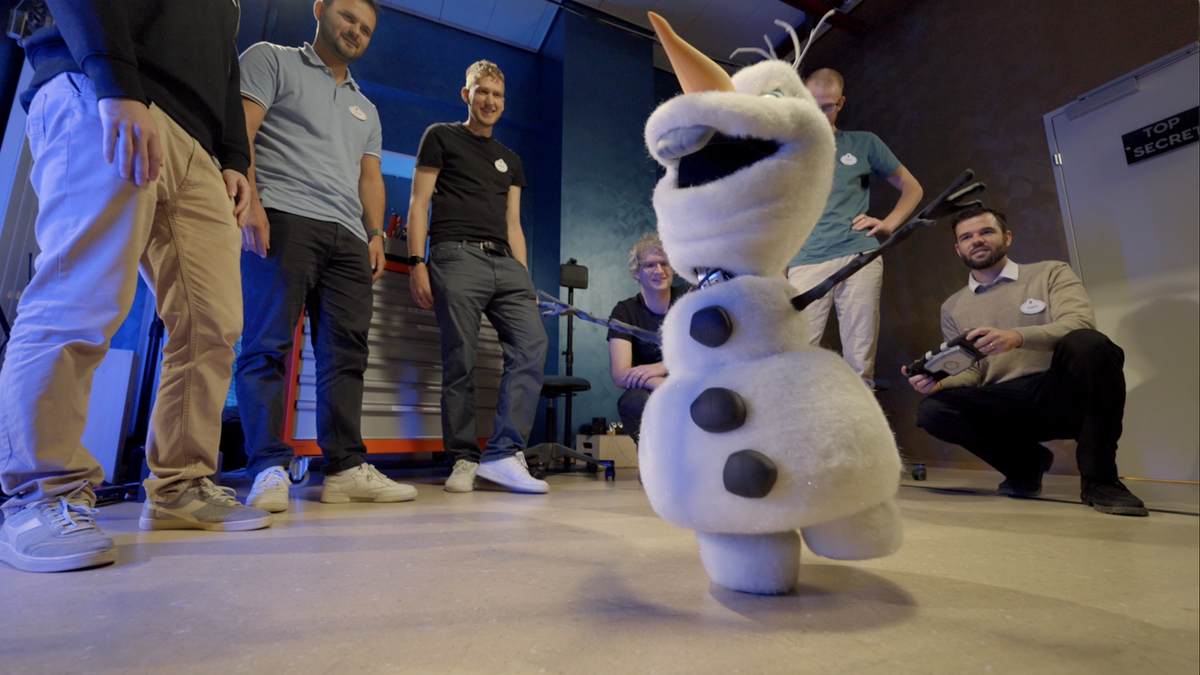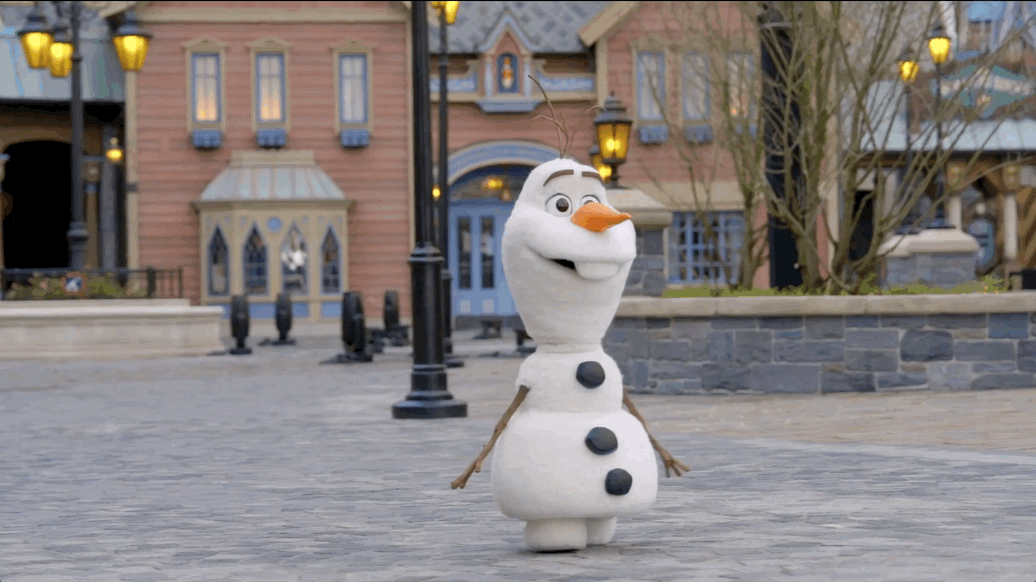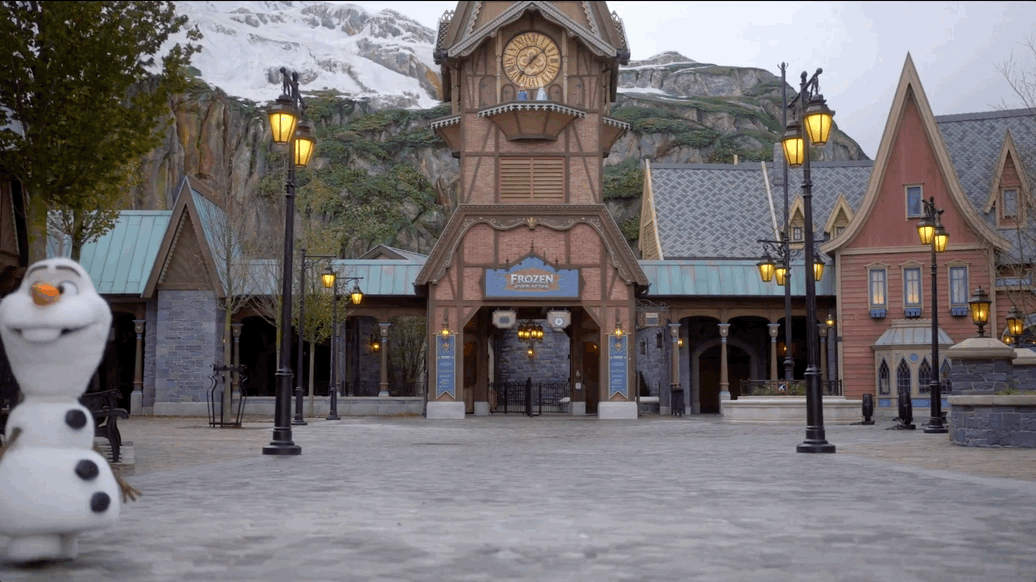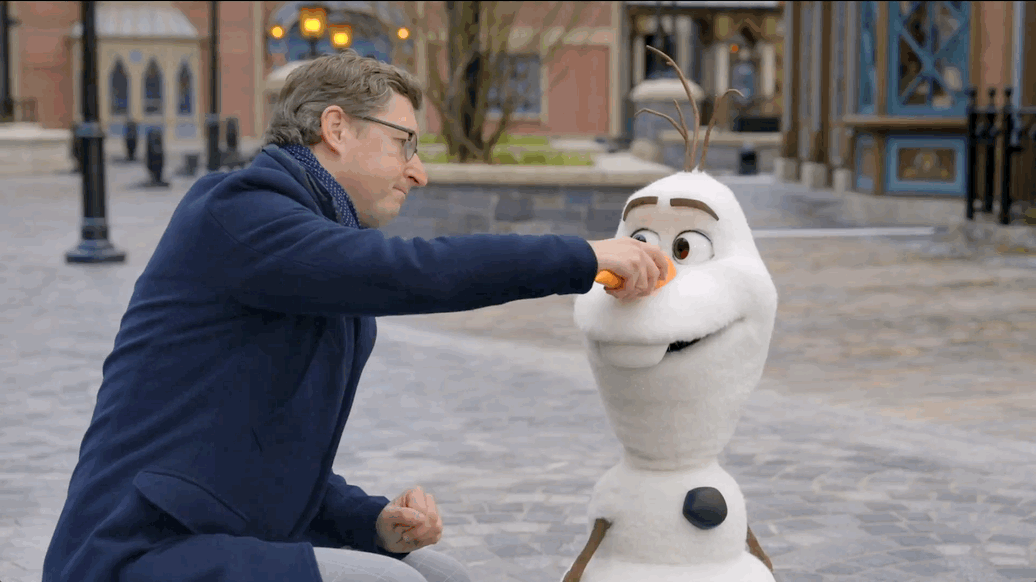- Disney will bring an autonomous Olaf to two parks in early 2026
- It looks even cooler than the Star Wars BDX droids
- Olaf was built by Disney Imagineering
Disney Imagineering has already created a trove of animatronics and robots, perhaps none more adorable than the Star Wars BDX droids, but this one is so real it’s chilling. Olaf, the walking, talking, joking snowman we all know Frozenis now a reality in the form of an incredibly animated, realistic and perhaps even life-size robot.
And it’s not a proof of concept: Olaf is coming to the Frozen worlds of Hong Kong Disneyland and Disneyland Paris in early 2026. He won’t be on a track either, and as detailed in the latest episode of Disney’s We call it imagination which has just been released on YouTube, it is a next generation robotic character capable of offering full interactions with the audience.
Although this robot from Disney Imagineering looks a little different from previous generations of the same group, and even BDX droids, Olaf is really the next step here. It was built, prototyped and designed by the same group – Disney Research – in Zurich, Switzerland.
At its core, beyond actuators and other physical components, is reinforcement learning – a form of AI that allows the robot to practice thousands of movements in a computer simulation. Instead of engineers manually programming each step, Olaf “learns” to walk, balance, and gesture through trial and error until his movements feel natural.
It is also important to note that although AI is used to drive the robot’s movements, this is not the case. not an AI character. Olaf will always be controlled or operated by a Disney Cast Member. It’s a similar approach to what Disney used with the BDX droids: autonomy can help with movement, training, or certain pre-recorded actions, but ultimately Olaf is still a character – just like when you meet Mickey.
Much like Walt Disney Animation Studios’ animation work of Olaf, Imagineering developed Olaf’s walk and other movements on a much faster timeline so the robot could perform them. This is how Olaf looks like he stepped off the screen from Arendelle into the world of Frozen in a Disney park – gliding effortlessly along the sidewalk and subtly shaking his head while admiring the world around him.
With Olaf, as with other Disney animatronics, it’s about taking these characters from the screen and stories and presenting them in real life in a way that allows park visitors and guests to interact with them. Olaf had three principles in mind: “alive, curious and unmistakably himself.”
Given Jensen Huang’s – CEO and founder of Nvidia – remarks about the robot, I think Disney hit the nail on the head: “How is it possible that Disney took all this technology and reduced it to a little snowman, just to make me happy? The magic is so incredible.”
It also means what Disney Imagineers have always told TechRadar and me in our conversations: it’s not just about technology for technology’s sake; it’s for immersion and storytelling.
Unlike the roaming BDX droids, the Walt Disney A-1000 Animatronic or even an audio-animatronic installed in a ride, you will be able to converse with Olaf, or even find him wandering towards you at Hong Kong Disneyland and Disneyland Paris. It’s not yet clear whether these interactions will be predefined, pre-recorded, or even standalone, but it remains ambitious nonetheless.
We witnessed a similar interaction over the summer at Disneyland in Anaheim, California, when HERBIE from Fantastic Four would arrive at the parks for meet and greets, and the robot would respond. It’s also important to note that HERBIE was created for the parks at the request of Matt Shakman, the film’s director, and that Imagineering made it happen in just a few months.
Still, I’m more optimistic than ever about how Disney’s expertise in robotics and technology will continue to manifest in more and more immersive experiences as we move forward. And from a hardware standpoint, Olaf’s eyes and mouth are fully articulated, and his carrot-shaped nose, as well as his two twig arms, can be removed and put back in place effortlessly. Although I can’t imagine Disney will allow guests to simply contact one and remove one.
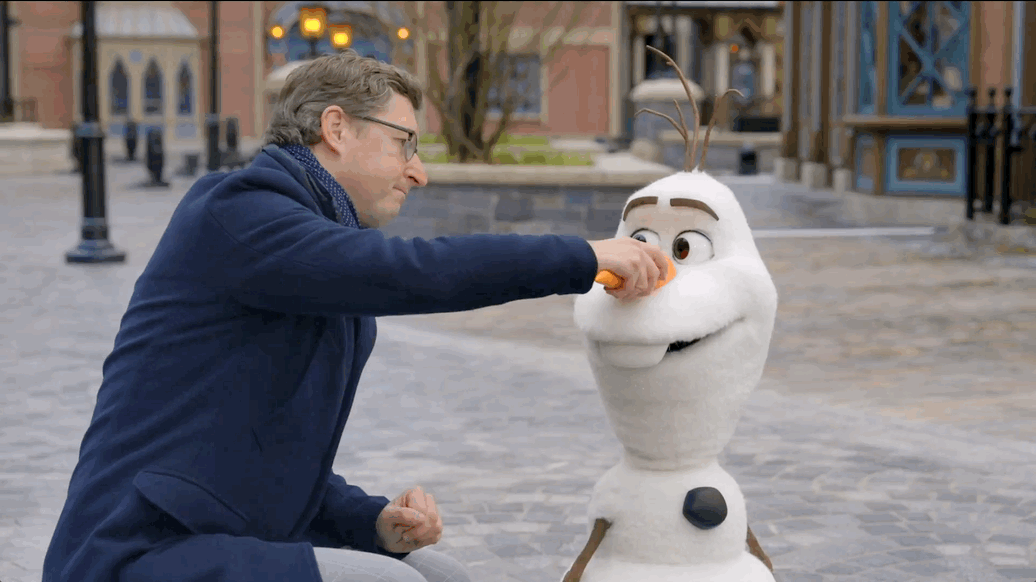
What is clear, however, is that unlike the 1X Neo Beta or other humanoid robots that have garnered mixed responses from the general population, Disney’s forms of robotics and animatronics are entertaining, user-friendly, and ones that we actually want to see more of and have meaningful interactions with.
It’s clear that Imagineering is working on other projects and I, for one, can’t wait to see when those arrive – and I also need to figure out how to meet Olaf at Hong Kong Disneyland and Disneyland Paris.
Follow TechRadar on Google News And add us as your favorite source to get our news, reviews and expert opinions in your feeds. Make sure to click the Follow button!
And of course you can too follow TechRadar on TikTok for news, reviews, unboxings in video form and receive regular updates from us on WhatsApp Also.

The best MacBooks and Macs for every budget

